Overview
Everest Base Camp Trek in Nepal
The Everest Base Camp Trek, known as EBC, stands out as Nepal’s premier trekking destination, offering a breathtaking view of Mount Everest, the world’s highest peak. Renowned for its well-established trails and captivating landscapes, EBC attracts adventurers seeking both challenge and enjoyment amidst the awe-inspiring beauty of the Everest region. With its panoramic vistas encompassing not only Mount Everest but also Mount Cho Oyu, Lhotse, and Makalu, the trek promises an unforgettable experience.
Despite its reputation, the Everest Base Camp Trek is accessible even to beginners, requiring only moderate physical fitness to complete the journey in approximately 13-15 days. The increasing number of trekkers visiting EBC each year is a testament to its allure, with various routes and packages available to cater to individual preferences, fitness levels, and budgets. As altitude increases, trekkers should be prepared for fluctuating temperatures and select the optimal season to avoid weather-related challenges.
The adventure begins with an exhilarating flight to Lukla, followed by daily treks averaging 7-8 hours to ensure timely completion of the journey. Along the trekking trail, trekkers encounter a myriad of natural wonders, including suspension bridges, dense rhododendron forests, picturesque gorges, and cascading waterfalls. The presence of Sherpa guides, porters, and locals adds cultural richness to the experience, offering insights into their traditional lifestyle deeply influenced by Tibetan culture.
Begin on the Everest Base Camp Trek in Nepal for an unparalleled journey through some of the world’s most stunning landscapes. Whether you seek adventure, spiritual enrichment, or simply a profound connection with nature, this iconic trek promises an unforgettable expedition into the heart of the Himalayas.
Everest Base Camp Trek in Nepal Highlights:
- Dramatic Khumbu glacier.
- Thrilling Lukla Airport
- Spectacular view of Mount Everest and other high peaks
- The extraordinary beaut
- Rhododendron forest
- Sherpa culture
Everest Base Camp Route:
In addition to this classic Everest Base Camp trek, you can look through the detailed itinerary for Everest Heli trek, Everest Gokyo Ri trek, Everest Base Camp with Island Peak Trek, Jiri to Everest Base Camp Trek and discover new trekking trails to challenge yourself.

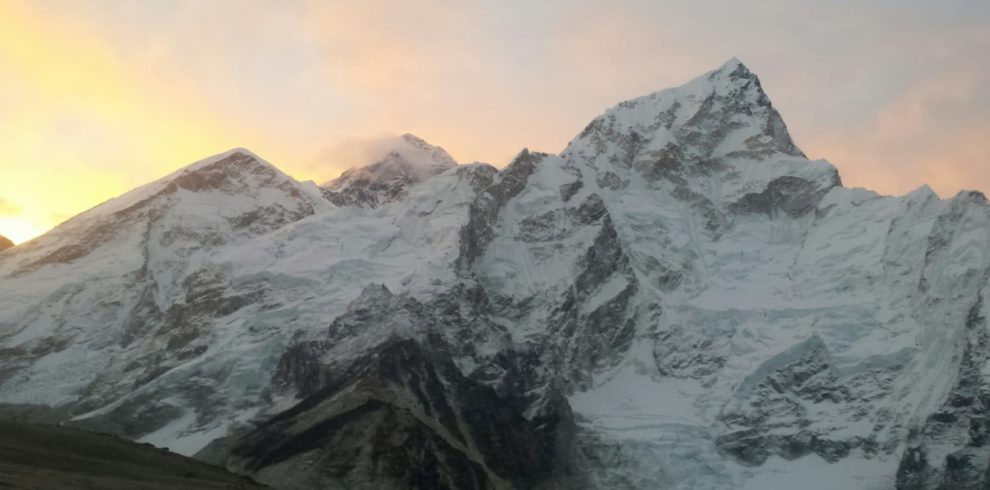
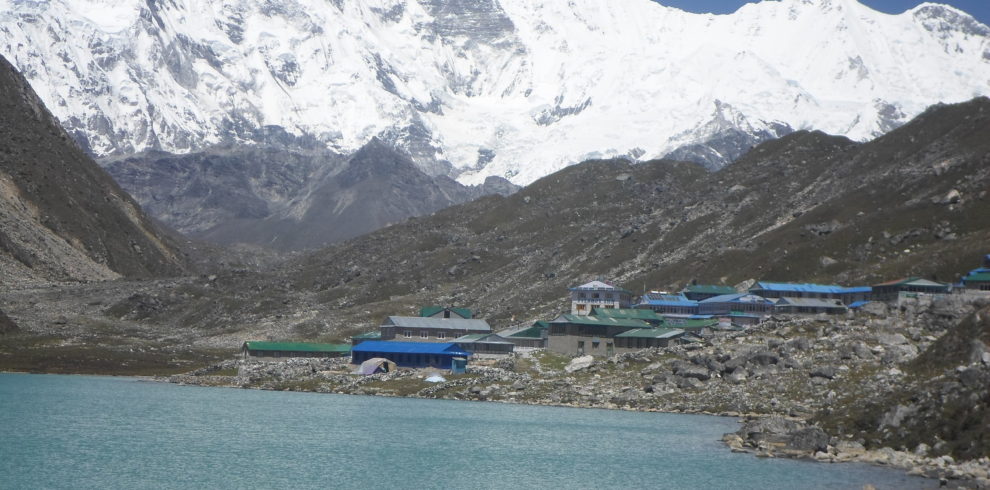
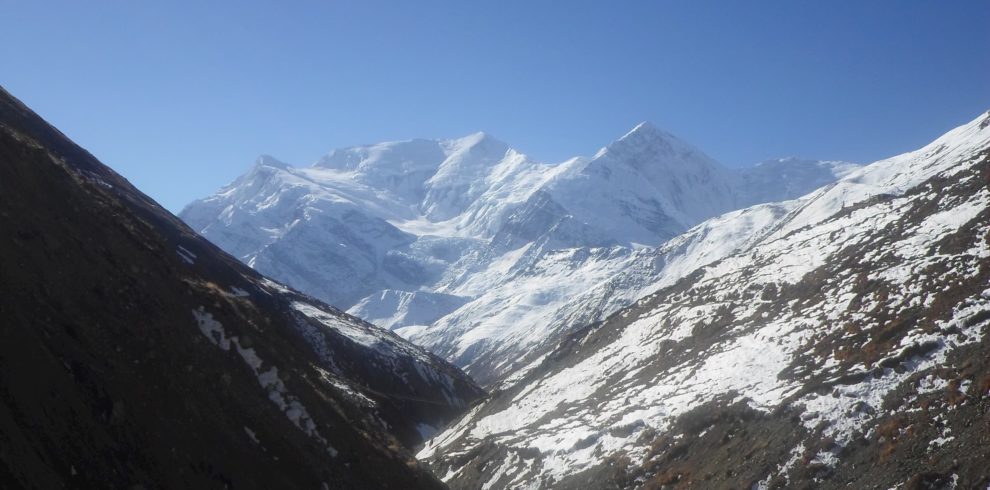
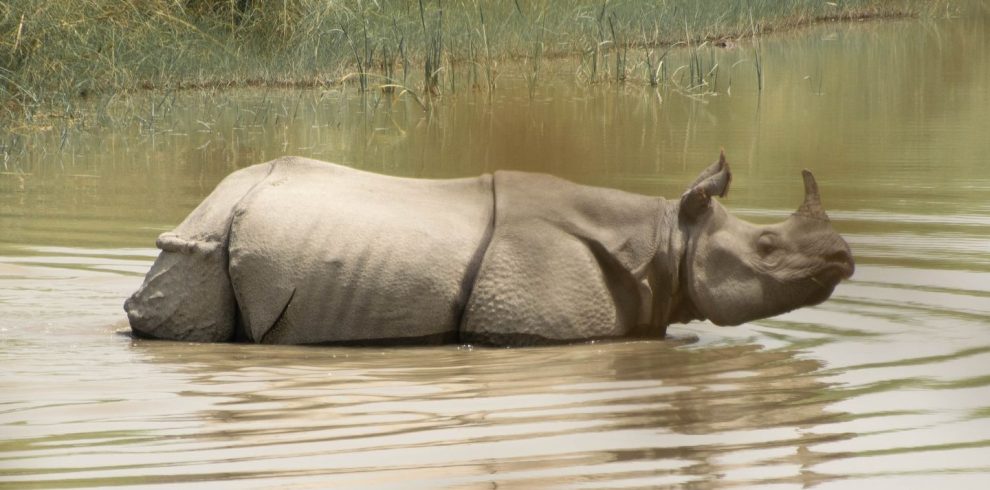
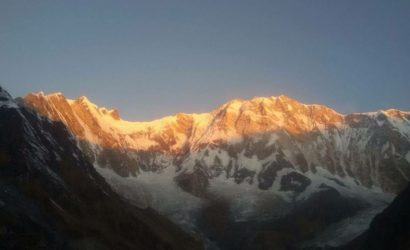
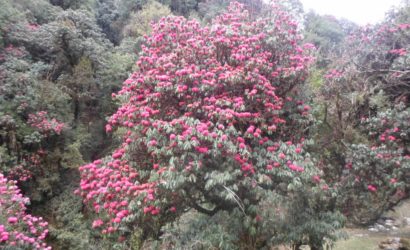
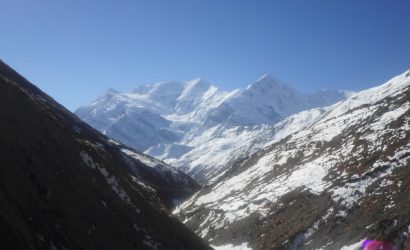
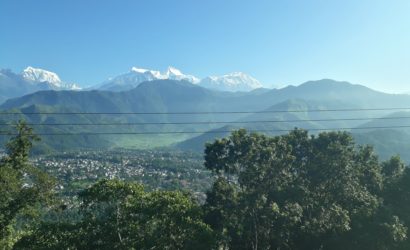
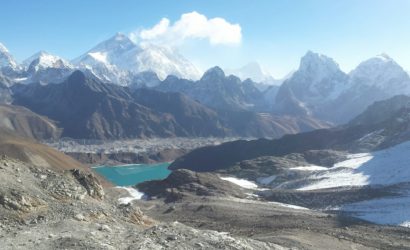
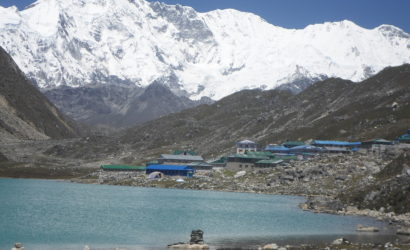
Write a Review